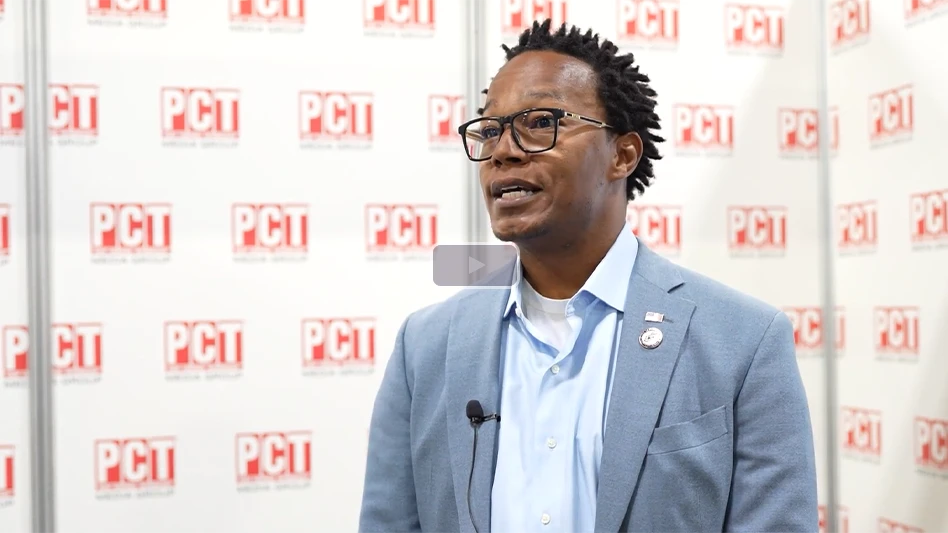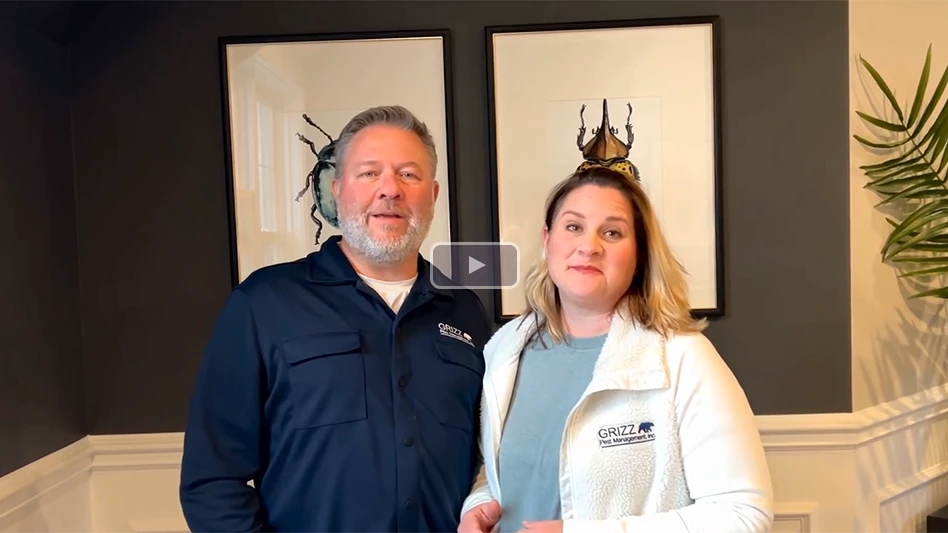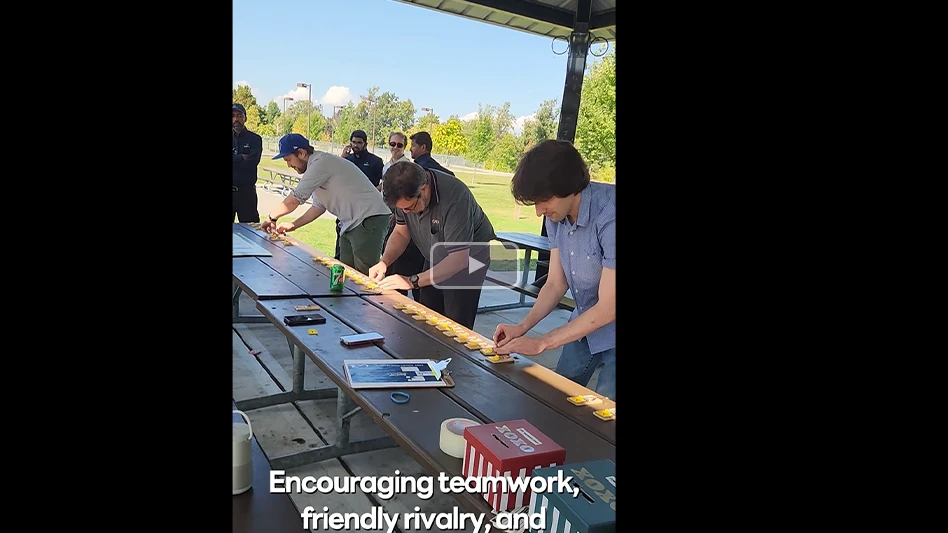In the 10-plus years that PCT has compiled its list of the 100 largest pest control firms, the industry has encountered numerous trends and turning points that have changed the way companies do business.
Pest control companies dealt with a changing cast of characters in the pests they fought, both new and old. And not only have the pests changed, but so have the control methods. Increasing government regulation also came into play, changing the rules of the game and bringing secondary consequences. And outside economic forces, such as the price of gas and consumer demands, also kept PCOs on their toes.
Ants: Trending Upward. Just prior to 2000, PCOs were reporting a marked rise in ant work, with ants replacing cockroaches as the most economically important pest in many parts of the country. Research commissioned by PCT also indicated the ant segment tied or surpassed termite work as the largest growth segment for much of the decade. Early on, the ant increase was blamed on warmer weather patterns throughout the U.S. as well as an increase in homeowner watering systems.
According to Dr. Roger Gold, professor and endowed chair in urban and structural entomology at Texas A&M University, the boom in ant work has been characterized by a number of invasive and problematic ant species having been introduced from other parts of the world.
For example, Gold says, the Rasberry crazy ant, has been particularly invasive in Texas, having spread to 17 counties. "It started off with a single infestation in 2002," said Gold, "and now all of Houston is basically impacted by this ant." Controlling some of the newer ant species can be a challenge, Gold said, in part because PCOs may not yet understand the basic biology of these new invaders.
The ant invasions have occurred for as long as there’s been trade, Gold said, but this decade’s ant scourge has been particularly notable. "It just seems like in the last few years with a lot of trade going on internationally," said Gold, "that we have a lot more introductions than I remember in my whole career."
Dr. Gary Bennett, professor of urban entomology at Purdue University, agrees. "Since about the late ’90s worldwide we’ve seen an increase in the number of species that are of importance." Furthermore, Bennett said ant populations in general have continued to grow in size.
Loss of Chemistries. One defining change over the last 10 years has been the loss of two major classes of pesticides the industry had depended upon. These classes, the organophosphates and the carbamates, were taken off the market early in the decade by the U.S. EPA.
The ensuing loss of hundreds of products containing these actives affected the industry in numerous ways, and likely changed everything from control strategies to training to consumer pricing to the pest pressures themselves. Industry experts have surmised that many pests are now tougher to treat, or have made new inroads, because these chemistries were lost. "The arsenal is a lot smaller than it used to be," Gold said.
Gold said the loss of chlorpyrifos, an organophosphate, was particularly impactful. "I wish we had it back for bed bugs and some other things," he added.
Unlike some of today’s materials, the older chemistries, Bennett observed, offered a long residual activity, which translated to less work for PMPs. "The chemistries that are available to PMPs generally are not as toxic as they used to be and they have much shorter residual activity," Bennett explained. Besides requiring more labor-intensive control services, the new chemistries also require more training of technicians, Bennett said. "With the more toxic materials and the longer residual active materials, you could just go in and treat and walk away from it and eventually the pest problem would be taken care of. Now it’s a little bit more labor intensive to get the job done."
Gene Harrington, director of government affairs at NPMA, said more recent EPA changes haven’t included any other cancellations but have produced the loss of use patterns. It’s all part of the ongoing reassessment of pesticides under the Food Quality Protection Act of 1996. "The biggest challenge right now for the industry is going to be availability of products after products are re-evaluated under the registration review process," Harrington said. That is likely to result in more restrictive labels than we’ve seen, he added.
Termite Take-Down. The termite market faced several challenges, both good and bad, over in the last decade. New non-repellent termiticides were launched, generating excitement throughout the industry and turning out to be some of the most effective control tools the industry has seen.
For much of the decade the termite market also benefitted from a strong economy and the housing boom, which led to record levels of treatments and inspections. In 2005, termite revenues reached $1.76 billion, an all-time high according to industry consultant Gary Curl. But the housing bubble burst in 2007, and housing starts haven’t been restored to pre-recession levels, nor has termite work.
A lack of swarming activity also characterized much of the decade, with PMPs speculating about climate changes or even the new termiticides as the culprit. Gold says that’s theoretically possible: if a house has been properly treated, termites shouldn’t swarm. But, he adds, not every house is adequately treated, and there’s a wide range of how long products last.
A Green Trend. A greater demand for pest management services labeled as "green" was increasingly evident during the past decade, with more consumers looking for kinder, gentler pest control solutions.
"One thing that’s happened over the last few years is you’ve seen kind of a confluence of consumerism in the green movement," said Harrington. "Now there’s probably more of a marketplace for green products and services." The green trend, he said, has been especially evident in the last five years, and it has applied not only to pest management but every sort of product or service you can imagine.
Gold observes while the term has been around for decades, "the use of the term ‘green products’ has taken on a whole different meaning in the last 10 years." In many cases, he added, people don’t truly know what it means. He cautioned that "plant-derived" and "safe" should not be considered the same. Still, Gold agrees the movement is important and in many cases beneficial: "People are constantly looking for products that are called least risk in terms of adverse impacts," said Gold.
Meanwhile Bennett describes green pest management as a method that emphasizes inspection and monitoring rather than spraying, plus the use of the least toxic insecticides. Toward that end, he said, EPA is fast-tracking some materials like essential oils and borates and reducing the required testing associated with their use.
But Gold points out the fast-track, less extensive testing may not always be beneficial from a safety or effectiveness point of view. "Just because something comes from a plant," said Gold, "doesn’t mean that it is safe or necessarily effective; it’s all in the dose."
Greg Baumann, director of technical services for Rollins, says the definition of green still conjures debate within the industry. "The customer is driving what they perceive as green," Baumann said. "Some companies have their own green programs which might incorporate one or more third-party programs," he said.
To counteract differences in programs across the country, NPMA introduced a GreenPro certification in 2008 in response to consumer demand for green services, Harrington said. "One of the concerns that we had was that there were groups outside the industry that were kind of dictating those terms, and we felt that it would be best that an industry group kind of control what green pest management means," said Harrington. He said the association has tried to promote its interpretation as a service driven by inspections and specific GreenPro protocols.
Perimeter Work. Related to the rise in demand for green controls and the scrutiny increasingly paid to pesticides used in the home was also the increase in perimeter-only treatments for general pest control in the last 10 years.
"Within the last 10 years getting residual products out of the living space has become more and more important," said Bennett. That trend, he says, has also given rise to the idea of using perimeter treatments as barriers to prevent pests from gaining entry to homes and buildings.
Fueling the perimeter trend were new materials especially suited for this use: new microencapsulated and suspended concentrate formulations of insecticides were launched early in the decade, designed to be more stable for use outdoors. Microcaps had been around for years, but the new formulations represented an improvement in formulation chemistry, Bennett said, yielding effective products that were also less damaging to plants and less harmful to nontarget species.
"By having those kinds of formulations, you can have materials that are not broken down so quickly by the environment yet are safe from the standpoint of humans and pets and food," Bennett explained. The encapsulated formulations and suspensions offered a more effective and efficient release of the toxicant, Bennett said. "It is released in such a way that it is less likely to be harmful to people or pets or plants in the outdoor environment," he added.
Gold cautions that it remains to be seen, however, if perimeter treatments are solving general pest problems. "There are certain situations where you need to enter the home and do more directed applications," said Gold. Furthermore, he said if professionals don’t enter the house, it reduces the amount of monitoring they can do.
Fleas Revisited. Flea business all but disappeared in the early part of the decade, with the new on-animal veterinary products serving as highly effective solutions for many customers. But this business segment may, in fact, be returning due to new resistance issues.
"From what I understand, talking with PMPs, their flea business has jumped up quite dramatically," said Bennett. Bennett said the rise in fleas inside structures has been reported for close to two years and has been blamed on the development of flea resistance to on-animal products. "In this case the replacements for use on pets have not been forthcoming so quickly," said Bennett. Therefore, he added, "fleas are becoming a problem within structures again and so pest management professionals are seeing their flea business increase."
Gold also has seen evidence that fleas are returning, and said it was only a matter of time for resistance to occur. "Any biologist that works with insects specifically or any other organisms that have high reproductive rates and short generation times knows that there will always be resistance selected," Gold said. Gold also calls the flea segment a renewed opportunity for business. "We’re just on the cusp of it becoming a problem again," he said.
Bennett noted however that many PMPs may have forgotten how to control fleas, since this pest hasn’t been a major business area for several years. Furthermore, flea control has been one of the industry’s more complicated pest problems, considering the multiple-stage life cycle and its preferred hosts. What’s more, said Bennett, PMPs don’t have the same arsenal of chemicals available to them that they had eight or so years ago.
An increase in wildlife inhabiting structures in recent years has likely also contributed to the rise in flea calls, said Bennett. And the 2004-06 building boom in previously rural areas no doubt played a part. "We’ve encroached, really, on the wildlife habitat and they are adapting to us and living in our structures and creating problems for us," said Bennett.
The Dash to Technology. Increasing gas prices, more savvy customers and the quest for both efficiency and profitability in recent years has also induced more companies to take a serious look at implementing new technologies to streamline the work. Baumann says the increased use of technology is necessary to keep up with consumers. "Today’s customer is more educated than ever and has access to vast amounts of information via the internet, so we must have technicians who are skilled at answering their questions," he said.
One example is GPS technology which many companies have invested in, including Arizona Pest Control, based in Tucson, Ariz. Caleb Tennenbaum, Internet marketing director of the company, says his company uses GPS largely because technicians take their vehicles home. "The greatest advantage to GPS is knowing that the techs aren’t taking advantage of the incentive," Tennenbaum said.
Another useful tool has been customer relations management software, which allows company staffers to be kept apprised of customer needs. Tennenbaum says the software has caught on in the industry because it can help drive sales. "Each customer has a different situation and treatment procedure, and CRM software has enabled PCOs to carry out those procedures on a regular basis," he said.
Arizona Pest Control also uses handheld devices in an effort to speed up documentation after work is done. "To be able to stay up to date with all our techs in the field in real time is invaluable," Tennenbaum said. "It allows for faster posting and quicker responses to service and trouble calls also."
Terry Clark, vice president of Clark Pest Control, Lodi, Calif., says while the rising cost of fuel may have been one factor in utilizing new technology, there are other reasons too. "Clark Pest Control adopted GPS and DriveCam technology years ago to aid in scheduling emergency appointments, make our fleet safer and monitor drivers’ speed and vehicle use," Clark said. X
The author is a frequent contributor to PCT magazine. She can be reached at lmckenna@giemedia.com.

Explore the May 2011 Issue
Check out more from this issue and find your next story to read.
Latest from Pest Control Technology
- MGK Announces EPA Registration of Botanical Active Ingredient Veratrine
- Termite Control Sales Strategies
- NPMA Announces ELP Class of 2025
- Termite Control Tools and Equipment for PMPs
- Choe Reviews Drywood Termite Geographical Hotspots, Latest Research Findings
- Mosquito Squad Announces Rebranding to Mosquito Squad Plus
- Pest Control Equipment: If it’s Critical, Back it Up!
- In Memoriam: Marybeth Wonson





